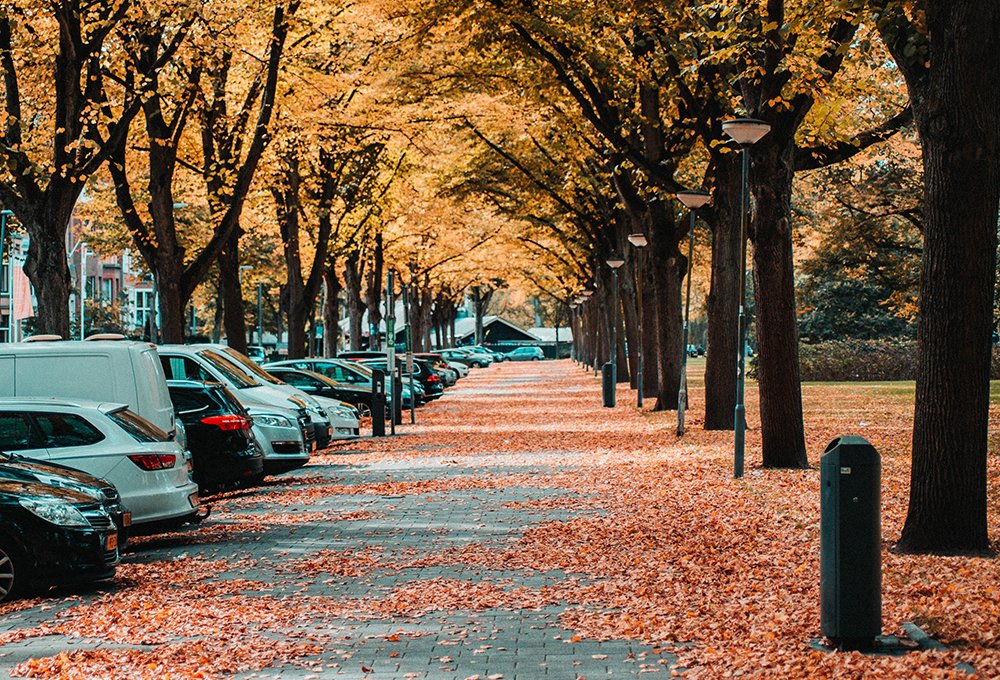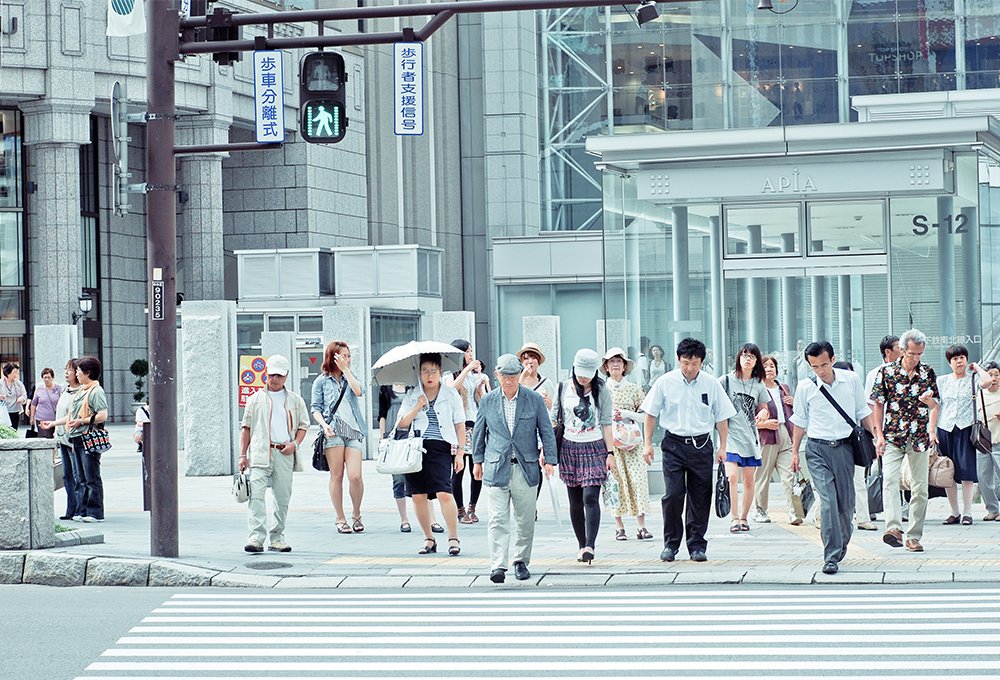Jump to section
Streets as Places
In an age of new and evolving mobility, streets have the potential to be more than just thoroughfares for cars.

Photo by Isaac Mehegan on Unsplash
Streets are part of our public spaces. Rather than being public spaces for human-oriented uses, streets are often dominated by car use. Using streets for transportation will remain a necessity even as transportation modes evolve, but shifting towards thinking of streets as places that host activities and where people spend time as opposed to just pass through will help create updated and engaging spaces for the benefit of a wider audience than cars alone.
Issues & approaches
Create Attractive, Walkable Streetscapes: Increased pedestrian activity brings life to spaces, supports retail, and contributes to an area’s sense of place. Current car-oriented streets may be unwelcoming or even dangerous for pedestrians, as well as bikes, scooters, and other similar devices, all of which contribute to activity on the street. Designing streets and sidewalks to be safe, welcoming, attractive, and adding green spaces will help make pedestrians feel comfortable traveling in these spaces, leading to increased pedestrian activity. An increase in pedestrian activity is often a precursor to other types of activity that support placemaking, such as retail, dining, and markets or street festivals.
Increase the Mix of Activities: Different types of activities, such as pop up shops, sidewalk cafes, food trucks, farmers and artisan markets, pedestrian-only streets are all examples of utilizing streets as places. These uses can be temporary, seasonal, recurring events, or one-time events, and they also offer the opportunity for new and emerging businesses to enter the market with reduced barriers. Allowing a more direct market entry for new and emerging businesses is especially beneficial for building a more equitable and inclusive local economy.
Engage Buildings With the Street: When parking lots are de-emphasized along the streetscape, or no longer needed at all, buildings can be built to the sidewalk instead of being separated from sidewalk activity by parking lots. Incorporating micromobility parking and charging in these spaces can also increase activity and contribute to a sense of place. Once engaged with the street, lobbies and waiting areas can also be a new source of increased activity, creating an opportunity to design these spaces as more outward-facing and emphasize the transitions and connections between public and private spaces.
Examples/case studies
Related topics

Walking
How will new mobility technologies impact walking mode share? How will AVs interact with pedestrians?

Retail, Commercial & Office
How will the changing nature of travel, employment, and e-commerce impact retail, commercial, and office districts?

Sense of Place
When new technologies allow people to live, work, and shop anywhere, what happens to the identity of places?
See something that should be here that isn't? Have a suggestion to make?

